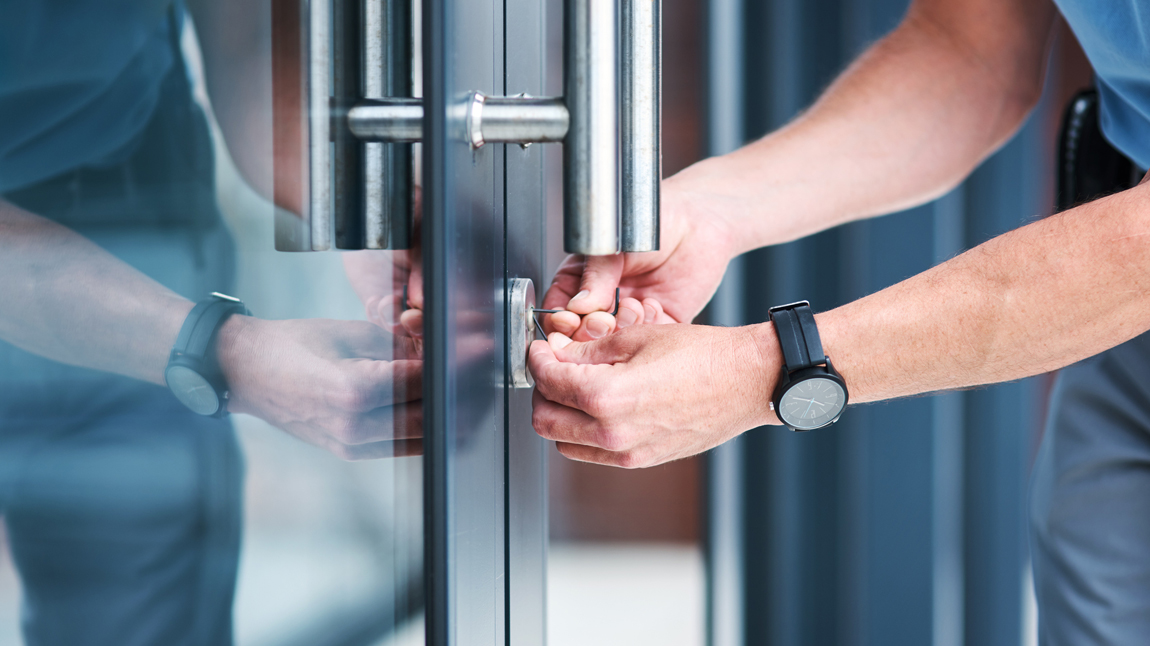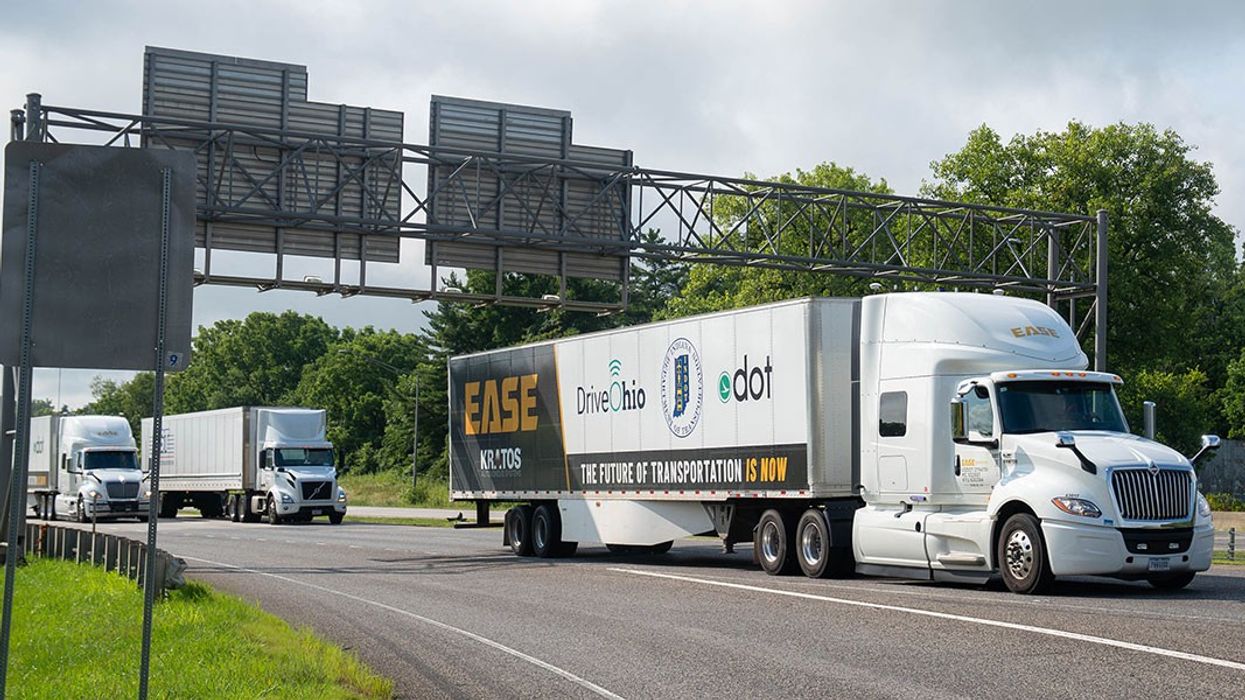Experiencing an office lockout can be a major challenge for any business. It disrupts daily operations, affects productivity, and can potentially harm the company’s reputation. This is why having a solid strategy for business continuity is crucial. Whether due to a forgotten key, faulty lock, or an unexpected security lockout, knowing how to navigate this situation is vital for restoring normalcy swiftly and efficiently. Here, we will explore effective business continuity tips to implement after an office lockout.

Understanding the Causes of Office Lockouts
The first step in crafting a response plan is understanding the potential causes of an office lockout. Common reasons include lost keys, malfunctioning locks, or even security protocol updates that haven’t been relayed to all staff. Its essential to identify these issues promptly to mitigate their impact on your business continuity.
Immediate Steps to Take After a Lockout
Once an office lockout occurs, responding efficiently is key. Here are initial steps you can take:
- Communicate with all employees about the situation
- Contact a professional locksmith to gain entry, such as those available through locksmith services
- Assess whether electronic locks could help prevent future issues, as explained in an article on electronic lock benefits
Communicating with Employees
Effective communication with your team is essential. Let them know about the situation and any business continuity plans in place. This can help reduce anxiety and keep everyone informed about the steps being taken to resolve the lockout.
Contacting Professional Help
When locked out, seeking assistance from professional locksmiths is crucial. Not only can they provide quick access, but they may also recommend solutions to prevent future lockouts.
Preventative Measures for Future Lockouts
After handling the immediate situation, shifting focus to preventing future occurrences should be a priority. Consider implementing these measures:
- Installing modern lock systems
- Integrate office lockout drills for staff preparedness
- Review data protection protocols during a lockout
Modern Lock Systems
Upgrading to newer lock systems with digital components can dramatically reduce the risk of lockouts. Systems with smart technology can notify you of lock issues in real-time.
Implementing Office Lockout Drills
Regular lockout drills can prepare staff for unexpected situations and ensure that everyone knows their role in maintaining business continuity. These are discussed in greater detail at this resource.
Securing Business Data
Ensuring data protection is critical during an office lockout. Have a protocol in place to secure and encrypt sensitive data, minimizing risks and enhancing overall business continuity.

FAQs
What are common causes of office lockouts?
Common causes include lost keys, broken locks, and security system malfunctions. Understanding these can help in crafting an effective response.
How can technology assist in preventing lockouts?
Technology such as smart lock systems can offer real-time updates and allow remote access, effectively reducing lockout incidents.
Why is it important to have a lockout protocol?
Having a lockout protocol ensures that all employees know how to respond, which helps in maintaining business continuity and minimizing downtime.
This article contains affiliate links. We may earn a commission at no extra cost to you.






